Table of Contents
ToggleIntroduction of Python programming language?
Python is a powerful programming language that can perform magic or logic. Still, all the time, logic is behind the code. It is one of the most widely used languages among devs. There are many reasons for that, like its simplicity and lots of libraries. The Python programming language is an interpreted and platform-friendly language. The history of the Python programming language is that Guido van Rossum created and released it in 1991 at the CWI (Centrum Wiskunde en Informatica) in the Netherlands. We fell in love with programming because of the short length of code and simple syntax.
Features of Python programming language
The popular high-level, interpreted programming language Python is noted for its ease of use, readability, and adaptability.
Features of the Python programming language are:-
- Python is functional and the most popular among the programming languages.
- It is simple to use and learn.
- It supports object-oriented programming principles.
- Both the standard library and the third-party libraries in Python are quite extensive.
- It is dynamically typed, interpreted, and portable.
- Python has a robust exception handling mechanism.
- It has high-level data types built right in.
- Many different applications are possible with Python.
Why Python is easy compared to other languages
Because the Python programming language’s keywords and syntax are similar to the English language, anybody can read or memorize the Python syntax and requirements easily compared to other programming languages.
What if I told you that a task that needs a lot of work may actually be completed swiftly and easily?
The difference between python, java, and C++ is where a python enters the picture, observing the table below.
| Python | Java | C++ | |
| A. | Python is an interpretive language. | Java is a compiled language. | C++ is a precompiled language. |
| B. | Python is a platform-independent language. | Java is also a platform-independent language. | C++ is a platform-dependent language. |
| C. | Python has built-in libraries and functions. | Java includes built-in functions. | C++ includes built-in functions. |
| D. | Syntax: Print(“pass”) | Syntax:examples Public class: “class_name” main(string[] args) is a static void function that is available to the public. { System.out.println(“statement”); } } | Syntax: #include<iostream> Using namespace std Viod main() {cout<<“statement”; } |
The syntax columns show that the most basic code in resting languages takes 5 to 6 lines. Python provides it in a single line. Python also has many libraries and built-in functions that add many weapons to your arsenal and can be accessed via code.
How to write your first program in Python
Here are Python code examples that will help you to understand how to write a program in python and how to write code in Python for beginners?
You can learn…
- How do I construct a program in Python?
- How do I write a basic Python program?
- And how do beginners write code in Python?
by using the examples of basic python programs provided here.
What is core Python?
Core Python is basically for Python beginners, and any field person can easily understand their data types, conditions, loops, etc. Core Python programming can be defined as the fundamental steps in the rules that must be followed. A plural, adjective, adverb, noun, pronoun, singular, etc. are just a few examples of English grammatical rules.
We cannot ignore all of this in English, and we cannot ignore the syntax code step in Python. Data types, loops, conditions, operators, and functions are some of them. We’ll go into further detail about everything.
Learn Python programming at the Technogeeks – a software training institute in Pune. Technogeeks is one of the best software training institutes in Pune and provides other courses as well with 100% placement assistance.
What are the data types in Python?
Python Data types are sorts of containers that are used to store data of different types. Here is some list of Python Data types.
1. Numeric Types:
- int (integer)
- float (floating-point number)
- complex (complex number)
2. Boolean Type:
- bool (Boolean value – True or False)
3. Sequence Types:
- list (ordered, mutable sequence of values)
- tuple (ordered, immutable sequence of values)
- range (sequence of numbers)
4. Text Type:
- str (string of characters)
5. Mapping Type:
- dict (unordered, mutable collection of key-value pairs)
6. Set Types:
- set (unordered, mutable collection of unique elements)
- frozen set (unordered, immutable collection of unique elements)
7. Binary Types:
- bytes (immutable sequence of bytes)
- byte array (mutable sequence of bytes)
- memory view (memory view of bytes)
What is if-else in Python?
What is an if-else statement in Python? When it comes to choice, we use the if-else statement. To put true or false conditions into action, utilize the if-else statement. The if-elif-else statement is used in Python for decision-making.
The Python if-else statement is a control flow statement that enables you to run various pieces of code in response to a condition. Programs use it to build decision-making structures.
Syntax:
Types of loops in Python
A “loop,” as the name implies, repeats itself.
- For loop
- While loop
- Nested loop
- Break; continue.
How to use for loop in python?
For loop: A for loop acts as an iterator in Python for a block of code that you want to repeat a fixed number of times.
How to use while loop in python?
While loop: Repeating a group of statements while a condition is true. How to break a while loop in python? Use the break statement to break while loop in Python. When executed, the loop immediately ends, and control flows to the statement after the loop.
What is nested loop in python?
Nested loop
We can iterate a loop into another loop. A nested loop in Python is a loop inside another loop. It provides the possibility to iterate over a collection of elements frequently and systematically.
Break; continue
What is the difference between continue and break statements in Python? Break and Continue statements are used to exit (break) from a loop or continue from one loop to another in the Python programming language.
The Python interpreter stops executing the code block when a control flow operator such as if-else is used inside a for loop or if a break or continue command is encountered inside the while loop or for loop, etc.
It resumes execution after the condition becomes true, i.e., when the switch case is executed or when the next iteration of the loop takes place.
What are functions in Python?
A function is a block of code only executed when you call it. You can pass data known as parameters (arguments) into a function.
A function can be defined using the “def” keyword in python. After creating (defining) a function, we can call it by using the function’s name followed by parenthesis containing parameters for that particular function. Look at the example below.
The function will be one of the most basic levels of reusing code in Python. It will also allow us to start thinking about program design.
What are the two main types of functions in python?
1. Built-in Functions
Pre-defined functions in Python that can be used directly without any additional code or installation.
- Examples include print(), len(), range(), type(), input(), abs(), sum(), etc.
2. User-defined Functions
Functions created by the programmer to perform specific tasks.
- Defined using the def keyword followed by the function name and parentheses containing any parameters.
- The code block for the function is indented below the function definition line.
- Can take input(s), perform a set of instructions, and optionally return an output.
Example:
- • Function with no arguments and no return
- • Function with an argument and no return
- • Function without an argument and with a return
- • Function with an argument and a return value
What is the object-oriented programming language in Python?
A high-level, interpreted, and interactive programming language is Python. It has OOP features as well, and it is dynamically typed as well as having high-level programming features. In OOPs (OOPs full form: Object Oriented Programming), everything is represented as an object and a class rather than functions and logic. It converts the code into small classes to keep it clean and tidy. These classes can be used many times in a project.
Object-oriented programming language has four main principles:
- • Encapsulation
- • Abstraction
- • Inheritance
- • Polymorphism
What is exception handling in Python?
Exceptions in Python can be handled with the try and except statements. A Python program comes across a condition it can’t handle, it raises an exception. An object in Python that describes an error is called an exception. It has two options: handle the exception immediately or stop and quit.
Type of exception handling in python
- • Syntax error
- • Logical error
- • Exceptions – Runtime Errors
Types of libraries in Python
- • Matplotlib
- • Pandas
- • Numpy
- • Scrapy
- • Pygame
- • TensorFlow
- • Scipy
- • Scikit-learn
Data Analytics in Python
The Data analytics is examining data sets to find, collect, transform, and organize data to make informed data-driven decisions, make future predictions, etc.
Analyzing data and enhancing problem-solving methods is the process of data analytics.
Analytics for Data projects in Python is a popular language for developing data analytics applications and includes a large number of tools that make working with data simple. Pandas data analysis, web scraping with Beautiful Soup, Scikit-Learn machine learning, NLTK natural language processing, and OpenCV image processing are a few examples of data analytics tasks you may complete using Python. If you want to learn data analytics in python you can visit our course page Technogeeks software training institute in pune. Here are some libraries used in data analytics course,
- Numpy
- Pandas
- Matplotlib
- Visualization
- Seaborn etc.
Data visualization in Python
Data visualization is the graphical representation of data and information. Trends, patterns, and outliers in data can be seen and understood using visual components like graphs, charts, maps, and data visualization tools.
The evolving nature of data trends highlights the importance of data visualization. Tools and methods for visualizing data are always evolving. The insights and patterns included in the data have to be successfully communicated through data visualization, which must adapt and change.
Keeping up with the latest data visualization techniques and tools is crucial for professionals working in data-related fields to effectively analyze and communicate the insights present in the data.
Data visualization projects in python
Plotting Weather Data: Use data from weather websites to create a simple line graph that shows the temperature or precipitation over time for a specific location.
Making a Bar Chart: Make a bar chart that displays the frequency of responses to a particular question or category using data from a survey or other source.
Visualizing Movie Ratings: Create a scatter plot that illustrates the correlation between a movie’s rating and its box office earnings using information from IMDb or another source that provides movie ratings.
Creating a Map: Use data from a geographical dataset like GeoJSON or shapefiles to create a specific location map with custom markers or layers.
Plotting Sports Data: To produce a bar chart that displays the amount of victories for each team in a certain league, use data from a sports website.
FAQs
How to write code in Python for beginners?
Ready to start coding in Python? Here’s a beginner’s guide:-
- Install Python:- Download and install Python on your computer from the official website.
- Choose a code editor: Pick a user-friendly code editor like Visual Studio Code or PyCharm.
- Learn the basics: Get familiar with Python’s syntax and concepts like variables and control flow.
- Start simple: Begin with easy programs like printing messages or performing calculations.
Looking for more guidance? Visit our blog on basic python programs! It’s packed with beginner friendly resources, tutorials, and examples to help you master basic Python. Unleash your coding potential and dive into the world of Python today. Happy coding!
The best tips for beginners
Best tips for beginners, Learning Python is a smart choice for future job security due to its built-in functions and libraries. Python gives you the best programming understanding, and I recommend Technogeeks as the best platform for beginners who want to learn new things and Programming languages.
Joining Technogeek’s classes can help beginners gain the knowledge and hands-on practice needed to excel in Python programming and development. Technogeeks not only offers Python language training but also offers other courses.
Technogeeks is a one-stop-shop for education and employment needs. We will provide courses, knowledge, guidance, and experienced trainers, along with 100% placement assistance, to help individuals advance their careers.
Conclusion
Learning by doing is the best way to learn anything, including programming. The more we practice, the closer we get to expertise. Hope we have cleared the basic questions about python programming language.
The first step in learning Python is to discuss the fundamentals. First, practice continuously. A lot of hard work and passion will lead to success in your career.
Conclusion
Learning by doing is the best way to learn anything, including programming. The more we practice, the closer we get to expertise. Hope we have cleared the basic questions about python programming language.
The first step in learning Python is to discuss the fundamentals. First, practice continuously. A lot of hard work and passion will lead to success in your career.




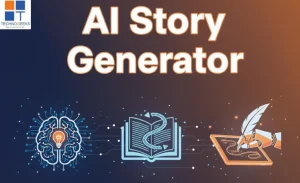
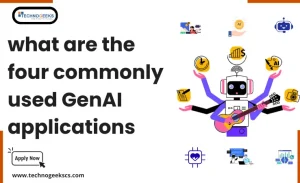


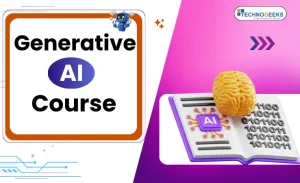
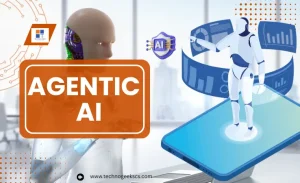
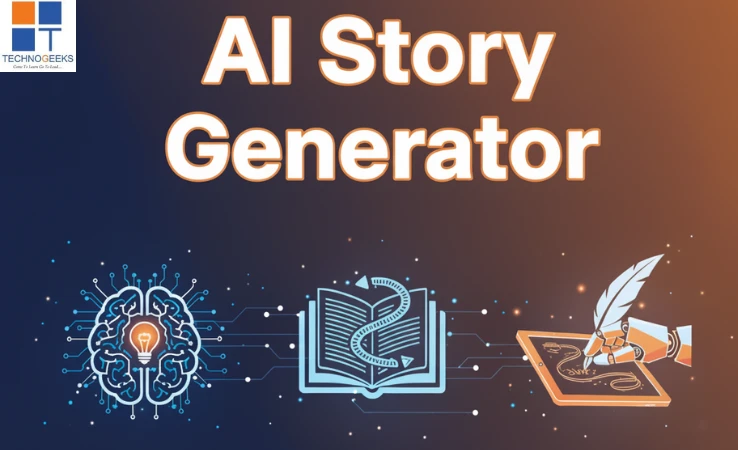
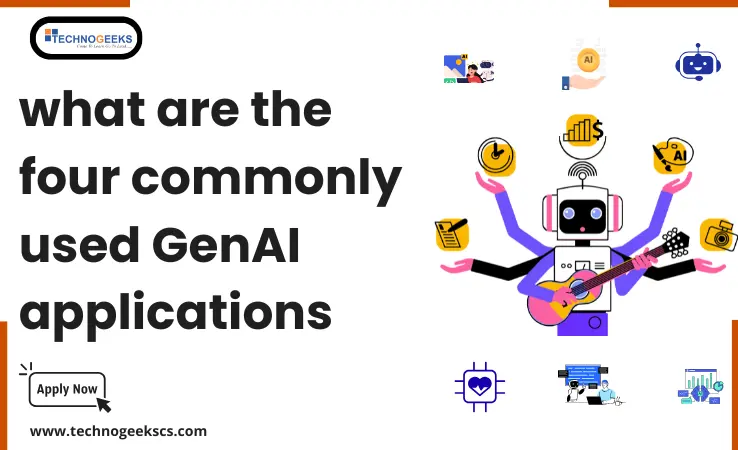

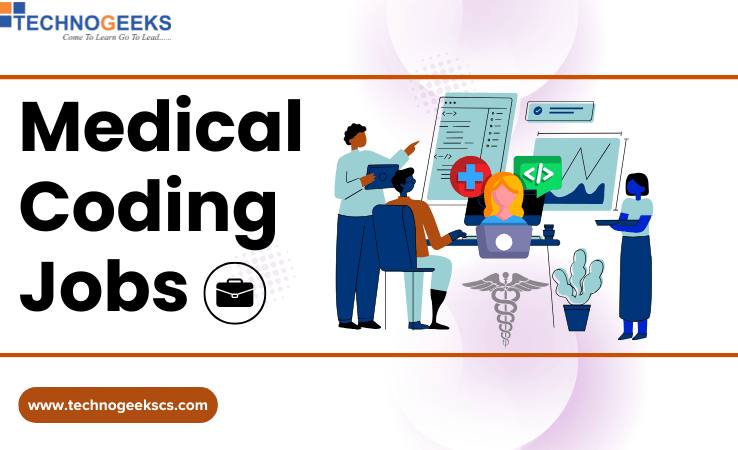



One Response
Nice information , it is very helpful.